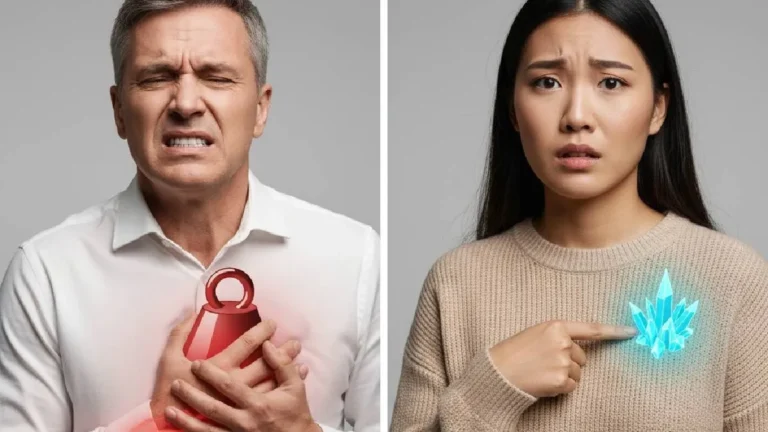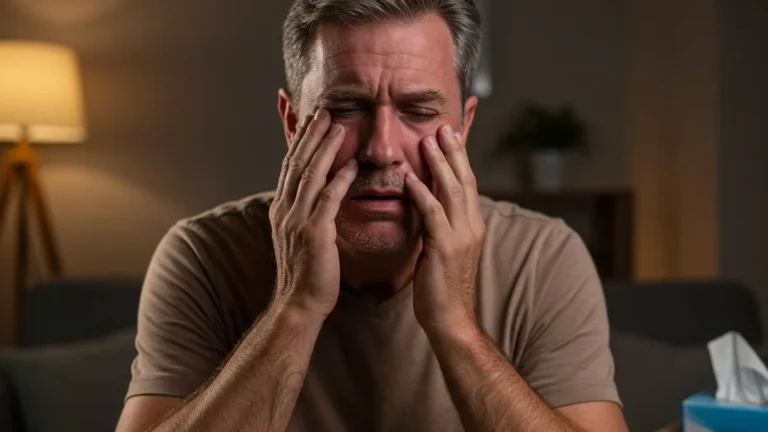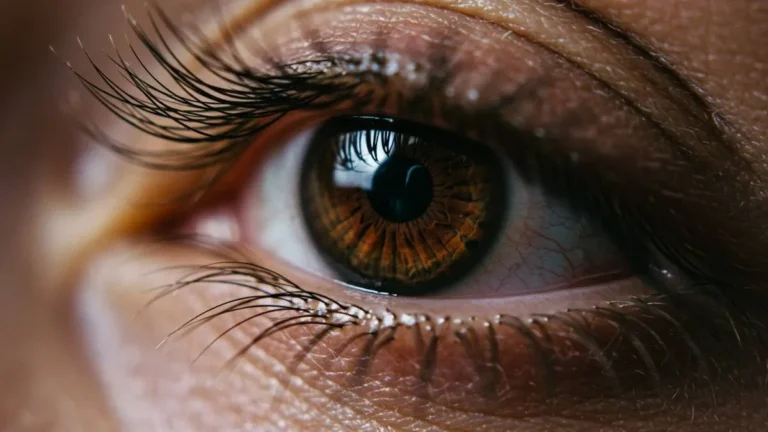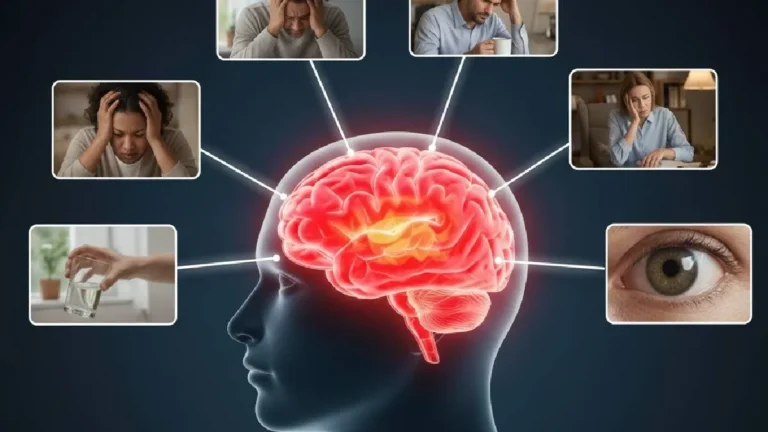In this new technological age, pornography consumption has become a relatively common pastime. Studies estimate that between 86% and 96% of men and women regularly consume porn. However, while regularly viewing pornography can be beneficial for self-exploration, sexual education, and even improving relationships with your partner, making a habit of it could be problematic for your well-being, as pornography affects your daily life. In this article, we explain what porn addiction is, how to recognize it, the mental health effects of such an addiction, and how to get help.
What is pornography addiction?
A general definition of any addiction is a behavior repeated over and over again despite negative consequences to oneself or others. Once a person becomes addicted to an activity, behavior, substance, or feeling, they will usually need some form of intervention to stop the addiction. Thus, pornography addiction is just another type of addiction based on escalating urges to continually view sexually explicit images.
What are the risks associated with pornography addiction?
The consequences of porn addiction can be serious. One of the most common reasons people seek treatment for pornography use disorder is the impact pornography use has on their intimate relationships.
Frequent pornography use can reduce relationship quality in several ways. For example, it may make it harder for men to feel aroused in response to sexual stimuli other than pornography. It can also lead couples to experience a steady decline in sexual and other types of intimacy. Pornography use significantly increases the risk of infidelity and long-term relationship loss.
Moreover, research has shown that pornography and sexual satisfaction are closely linked. Recreational users, who have healthy porn viewing habits, are more sexually satisfied and less compulsive. They are also less likely to experience sexual dysfunction and avoidance.
Highly distressed compulsive users, on the other hand, exhibit less sexual satisfaction, with high levels of dysfunction and avoidance. Compulsive viewing of pornographic films has a clear negative impact on sexual satisfaction. Worse still, the additional effects of porn addiction can include financial problems and, in extreme cases, lead to job loss.
What are the signs of pornography addiction?
As with all other addictions, there are signs that pornography is a problem. The most common signs of pornography addiction are listed below.
Excessive viewing of pornography
What is considered “excessive” can vary from person to person. However, there may be a potential pornography addiction if:
- The time spent watching pornography continues to increase
- The person watches increasingly in-depth types of pornography
- This acts despite its misdeeds on his personal life and his relationships.
Reduced sexual satisfaction
Being addicted to porn can lead to a loss of interest in real sex due to unrealistic sexual fantasies seen in these completely fictional movies. People who suffer from pornography addiction may also experience reduced sexual satisfaction with a partner when pornography is not involved.
Engagement in risky behaviors
A person may engage in risky behaviors to view pornography, such as watching it irresistibly in a place where it is inappropriate (workplace, school, social situation where the person could be seen, etc.).
Feelings of guilt and shame
A person suffering from pornography addiction may feel frustrated, guilty, or ashamed about viewing so much pornography. But despite the serious harm and feelings of guilt, these individuals continue to engage in addictive behaviors around pornographic material.
The inability to stop
One can try to stop using or viewing pornography, but often fails. After a failed attempt, the person may notice they spend more and more time viewing porn despite others’ attempts to communicate.
How to stop being addicted to pornography?
Despite the lack of clinical consensus or widespread acceptance of porn addiction as a diagnostic category, there are many options for treating porn addiction.
The primary treatment method is therapy. Thus, individuals experiencing internal conflict between their faith and their pornography use may benefit from faith-based treatment, while individuals whose pornography use negatively impacts their relationship with a loved one may benefit from couples counseling.
The first step toward recovery is often realizing that pornography misuse is not a source of shame, but a widely shared condition and a sign of inner pain requiring healing. Pornography addiction is often linked to other mental health issues and addictions, including substance use disorders. Fortunately, integrated care plans can help people address multiple conditions as part of a single path to recovery.
How to get help for pornography addiction?
It is important to understand that although pornography addiction is not officially diagnosable, its effects exist and often present very harmful consequences and high levels of distress, guilt, and emotional disturbance.
If you can identify with the symptoms mentioned above or know someone who meets these criteria, don’t hesitate to seek help. Speak to a specialist (via teleconsultation – remotely – if you feel more comfortable) and get support and more information. Highly attentive and responsive, the healthcare professional will be able to provide you with tailored assistance to help you escape the pitfalls of pornography.






















+ There are no comments
Add yours